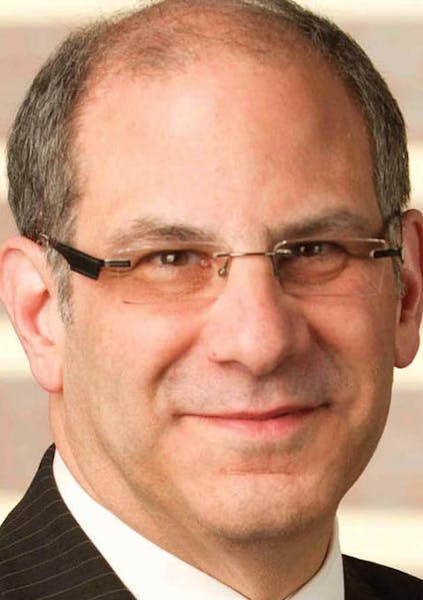For many students, community college is the first step toward earning a bachelor's degree. But many others never finish. Now, officials at the newly named Minnesota State college system are trying to make it easier — by allowing students to complete their four-year degrees without leaving the two-year campus.
This fall, a number of Minnesota state universities will take part in a pilot project to offer "dual admission" to students heading to community colleges in the Twin Cities.
The pilot is part of a new "baccalaureate strategy" endorsed Wednesday by the Minnesota State Colleges and Universities board of trustees.
Under the plan, the community college becomes a one-stop shop for students to earn an associate degree first, and then a bachelor's degree through a partnership with one of Minnesota's seven state universities.
The concept isn't completely new, admits Ron Anderson, the vice chancellor for academic and student affairs. For some time, Metro State University in St. Paul has been offering a number of bachelor's degree programs, in fields like psychology and business, at area community colleges.
But now the plan is to expand the offerings available at two-year colleges across the Twin Cities.
This fall, for example, students at North Hennepin Community College will have a chance to work toward a bachelor's degree in software engineering from St. Cloud State University.
And Southwest Minnesota State University will offer its own bachelor's degree program in exercise science at Anoka-Ramsey Community College. Some of the courses will be online, while others are taught in person by university faculty, Anderson said.
Audua Pugh, who just graduated from North Hennepin with a two-year degree, told the trustees that she's delighted to return to campus this fall — to pursue her bachelor's through Metro State.
"For me, what it means is that I get to stay at home," she said.
That's a key concern for many students, Anderson said, especially first-generation college students.
For many, he said, "it was a huge step to come onto the two-year college campus." If they can remain there while they pursue a higher degree, he said, that increases their chances of success.
This is also a chance for Minnesota's public colleges and universities, which are spread across 54 communities, to pull together and help one another.
"How do we reap all the benefits of being a system?" said Anderson. "That's what we're trying to accomplish.
At the moment, he said, there's plenty of room at metro area community colleges to handle the extra students.
In fact, one of the goals is to encourage more of those students to remain in the Metro State system.
Studies show that only about 30 percent of those "transfer-minded" students, the ones who say they want a four-year degree, choose a state university, Anderson said, and thousands of others are lured by for-profit schools.
"We're committed to earning those students back," he said.
Maura Lerner •612-673-7384 • maura.lerner@startribune.com
One day in the frantic life of a Children's Minnesota emergency room nurse
State Sen. Nicole Mitchell off committee assignments while case under review

GOP endorses Tad Jude for congressional seat Dean Phillips is leaving

